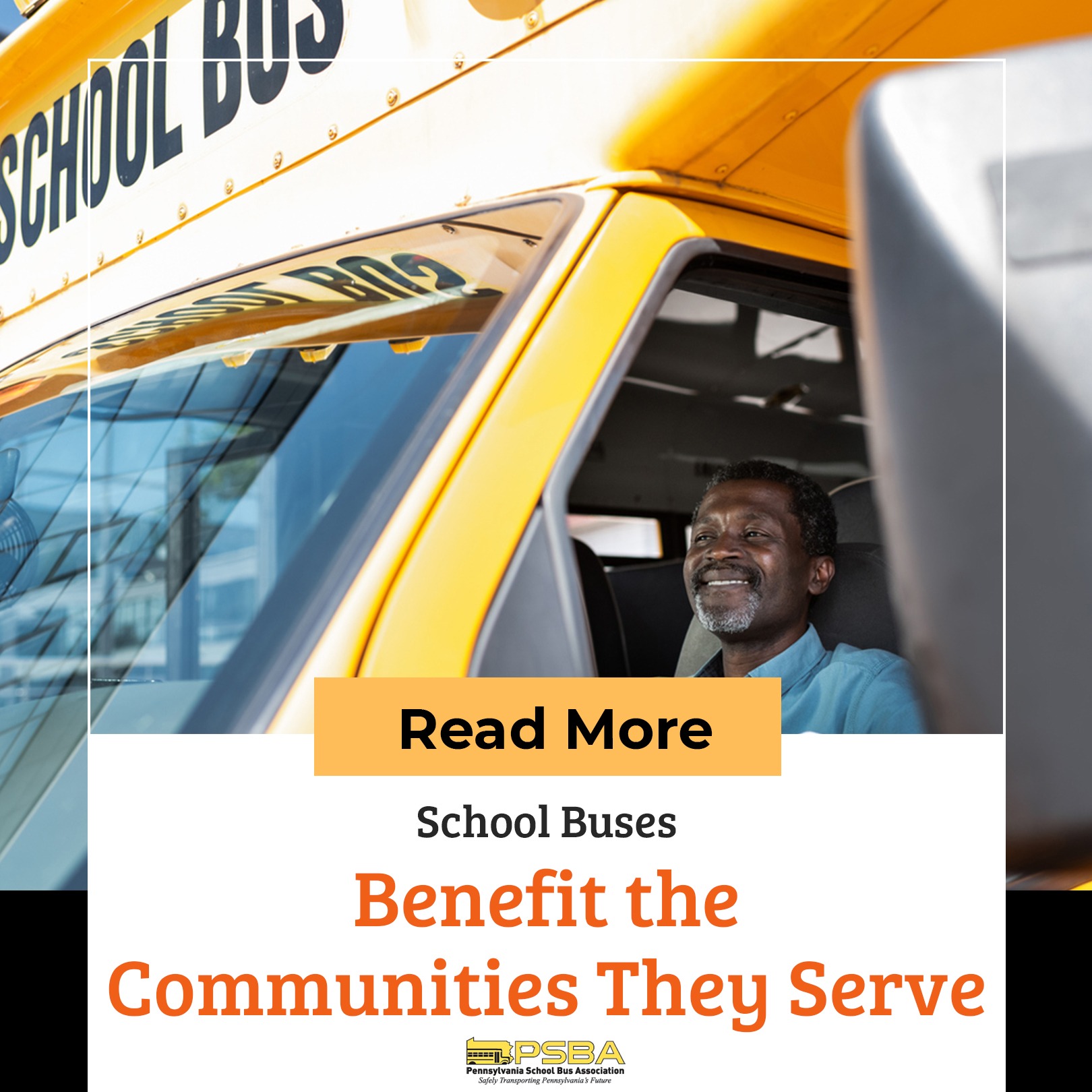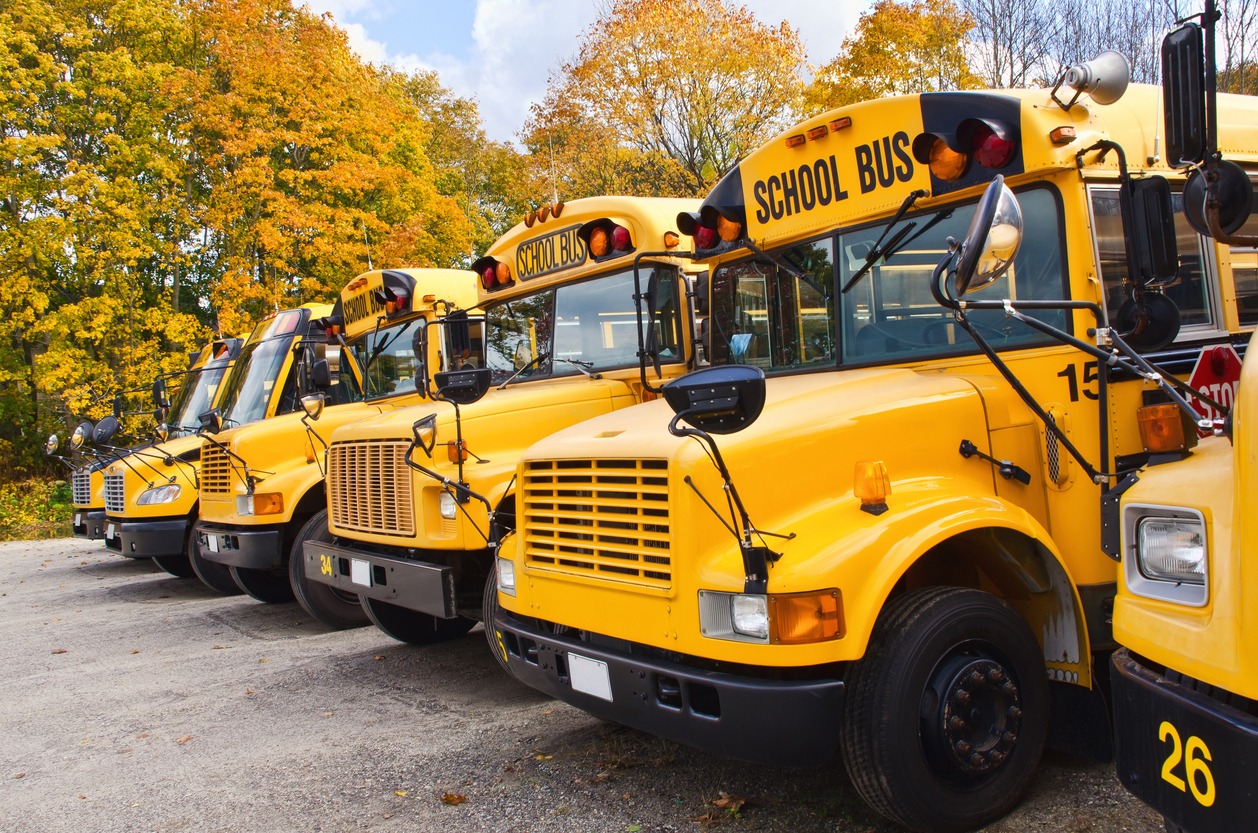School buses play a critical role in enhancing community safety and well-being by ensuring the safe transportation of students. This article highlights the various benefits that school buses offer to families and the broader community, emphasizing their importance in daily life.
School buses are the safest way to travel
1. Safety standards
School buses are subject to rigorous safety standards and regulations to protect students. These include requirements for reinforced structures, advanced braking systems, and strict maintenance protocols. Buses must also meet federal and state guidelines for visibility, emergency exits, and fire safety. Drivers also undergo specialized training and background checks to ensure the safety levels on the road.
2. Professional drivers
School bus drivers require specific training and qualifications to ensure the safety of the students they transport. Key requirements include:
- Commercial Driver’s License (CDL): Drivers must obtain a CDL with a school bus (S) endorsement, which involves passing written and road tests.
- Specialized training: This includes classroom instruction and behind-the-wheel training covering student behavior management, emergency procedures, and safe driving practices.
- Background checks: Drivers must pass criminal background checks and drug and alcohol screening to ensure the safety and trustworthiness of individuals working with children.
- Medical examinations: A thorough medical exam is required to ensure drivers meet health standards and can safely operate a bus.
- Continued education: Drivers often undergo additional training to stay updated on safety regulations and improve their skills.
These rigorous qualifications ensure that school bus drivers are well-prepared to handle the responsibilities of transporting students safely.
3. Built-in safety features
Reinforced structures, flashing lights, and stop arms are crucial safety features, especially in school buses and certain commercial vehicles:
- Reinforced structures: These are designed to enhance the durability and safety of a vehicle or structure, providing additional protection in the event of a collision or other impacts. For instance, a school bus’s reinforced frames and body panels are built to absorb energy and protect passengers.
- Flashing lights: Often used in emergency vehicles, school buses, and construction zones, flashing lights are highly visible and alert other drivers and pedestrians. On school buses, for example, flashing red lights signal that the bus is about to stop to pick up or drop off children, while flashing yellow lights warn that the bus is preparing to stop.
- Stop arms: Commonly found on school buses, stop arms are mechanical arms that extend from the side of the bus when it stops to pick up or drop off children. The stop arm typically has a red, octagonal sign that reads “STOP.” It’s equipped with flashing red lights to alert drivers that they must stop while children are crossing the street.
4. Low accident rates
School buses are among the safest modes of transportation for children, with several statistics supporting this:
- Fatality rate: The National Highway Traffic Safety Administration (NHTSA) reports that students are about 70 times more likely to get to school safely when taking a bus than when traveling by car.
- Annual fatalities: On average, less than ten fatalities per year involve school bus occupants, compared to thousands of mortalities among passengers in cars.
- Crash rates: According to the American School Bus Council, school buses have a crash rate that is significantly lower than that of passenger vehicles, with only 0.2 deaths per 100 million miles traveled, compared to 1.5 deaths for passenger vehicles.
- Safety features: School buses have features like high-backed seats, compartmentalization, and stringent safety standards that help protect children in case of a crash.
Reducing traffic and accidents
1. Fewer vehicles on the road
School buses significantly reduce the number of cars on the road during peak hours by transporting multiple students in one vehicle. Instead of each student being driven individually by parents or guardians, a school bus can carry dozens of children, consolidating what could be many separate car trips into one. Reducing the number of vehicles helps decrease traffic congestion, lowers emissions, and improves road safety during busy morning and afternoon commutes.
2. Traffic congestion
Fewer cars around schools and residential areas lead to less congestion by reducing the overall traffic volume. With fewer vehicles on the road, there are fewer chances for bottlenecks, delays, and traffic jams, particularly during peak times like school drop-offs and pick-ups. Additionally, less traffic means safer and more efficient road usage, potentially resulting in smoother traffic flow and shorter travel times for everyone. Reduced congestion also leads to fewer accidents and enhances the safety and walkability of neighborhoods.
3. Lower accident risk
Reducing the number of vehicles on the road directly lowers the overall risk of accidents by decreasing traffic density. Fewer vehicles mean fewer potential points of conflict where accidents can occur, such as at intersections, merges, or lane changes. Less congestion also leads to smoother traffic flow, reducing the likelihood of collisions caused by sudden stops or aggressive driving.
With fewer vehicles, there’s also more space on the road, allowing drivers to maintain safe distances and react more effectively to potential hazards. Overall, fewer cars result in a safer driving environment.
Efficient transportation for multiple passengers
1. Maximizing passenger capacity
Transporting multiple students in one vehicle, such as a school bus, is highly efficient for several reasons:
- Cost-effective: It reduces the overall transportation cost by minimizing the number of vehicles needed, leading to savings on fuel, maintenance, and driver wages.
- Environmental impact: Fewer vehicles on the road mean lower carbon emissions, contributing to environmental sustainability.
- Traffic reduction: It decreases the number of individual cars on the road, easing traffic congestion, especially during peak school hours.
- Safety: School buses are designed with safety features and are regulated more strictly than private vehicles, ensuring a safer mode of transportation for students.
- Time efficiency: A single vehicle picking up multiple students from various locations streamlines the process, saving time for parents and reducing delays.
Overall, it’s a practical, sustainable, and safe method of student transportation.
2. Environmental impact
Vehicle use reduction significantly decreases carbon emissions, as transportation contributes to greenhouse gases. Fewer vehicles on the road mean less fuel consumption, resulting in lower CO2 emissions. It helps mitigate climate change and improves air quality, leading to healthier environments and communities.
3. Community benefits
Fewer cars reduce traffic congestion around schools and residential areas by decreasing the number of vehicles on the road, which minimizes bottlenecks and delays. It leads to safer, quieter neighborhoods with less pollution and a more pleasant environment for residents and students.
Freeing up parents’ time
1. Time-saving for parents
Using school buses allows parents to reclaim time by eliminating the need for daily school drop-offs and pick-ups. This time can be used for other tasks, reducing stress and freeing up parents’ schedules, ultimately leading to a better work-life balance.
More family time
School buses allow parents to spend more time with their children at home or engage in personal activities, as they no longer need to focus on daily school commutes. This reclaimed time enhances family bonding and individual well-being.
2. Reducing stress
Relying on school bus transportation can reduce stress by streamlining getting children to and from school. It eliminates the need for parents to coordinate multiple drop-offs and pick-ups, saving time and simplifying the daily routine. The consistent school bus schedule also adds predictability, allowing parents to plan their day more efficiently.
Cost savings for families
1. Savings on fuel costs
Not using personal vehicles for daily school runs can lead to significant financial benefits, including savings on fuel cost savings, reduced wear and tear on the vehicle, lower maintenance and repair expenses, and potential savings on car insurance premiums. It can also reduce the need for frequent vehicle replacements, contributing to long-term financial savings.
2. Reduced wear and tear
School buses help parents save on vehicle maintenance and repair costs by reducing the need for daily driving to and from school. This lowers wear and tear on their personal vehicles, resulting in fewer trips to the mechanic, less frequent oil changes and tire replacements, and overall reduced vehicle usage, leading to long-term savings on maintenance and repairs.
3. Long-term savings
Lower fuel expenses and reduced vehicle depreciation can lead to significant long-term savings. Vehicles with better fuel efficiency or those using alternative energy sources, like electric cars, can substantially cut fuel costs over time. Additionally, slower depreciation rates, often seen in well-maintained or fuel-efficient vehicles, mean the car retains more value, resulting in higher resale or trade-in values. These factors can lead to considerable financial savings over the vehicle’s lifespan.
Conclusion
Having school buses in the community has many benefits for the community they serve. They include safe and efficient student transportation, financial savings, and positive community impact.
Encouraging parents and communities to support and utilize school bus services enhances the quality of life by reducing traffic congestion and lowering environmental impact. It also contributes to a safer, more connected community. School buses offer a reliable and secure transportation option for children, fostering independence and social interaction while easing the daily routine for parents. By embracing school bus services, we strengthen our community bonds and ensure a safer, more sustainable future for everyone.
If you are considering a new career as a school bus transportation professional, this article can help you learn more about what it takes to become a part of this industry. To learn more about school transportation job opportunities in Pennsylvania, check out https://schoolbushero.com/jobs.


